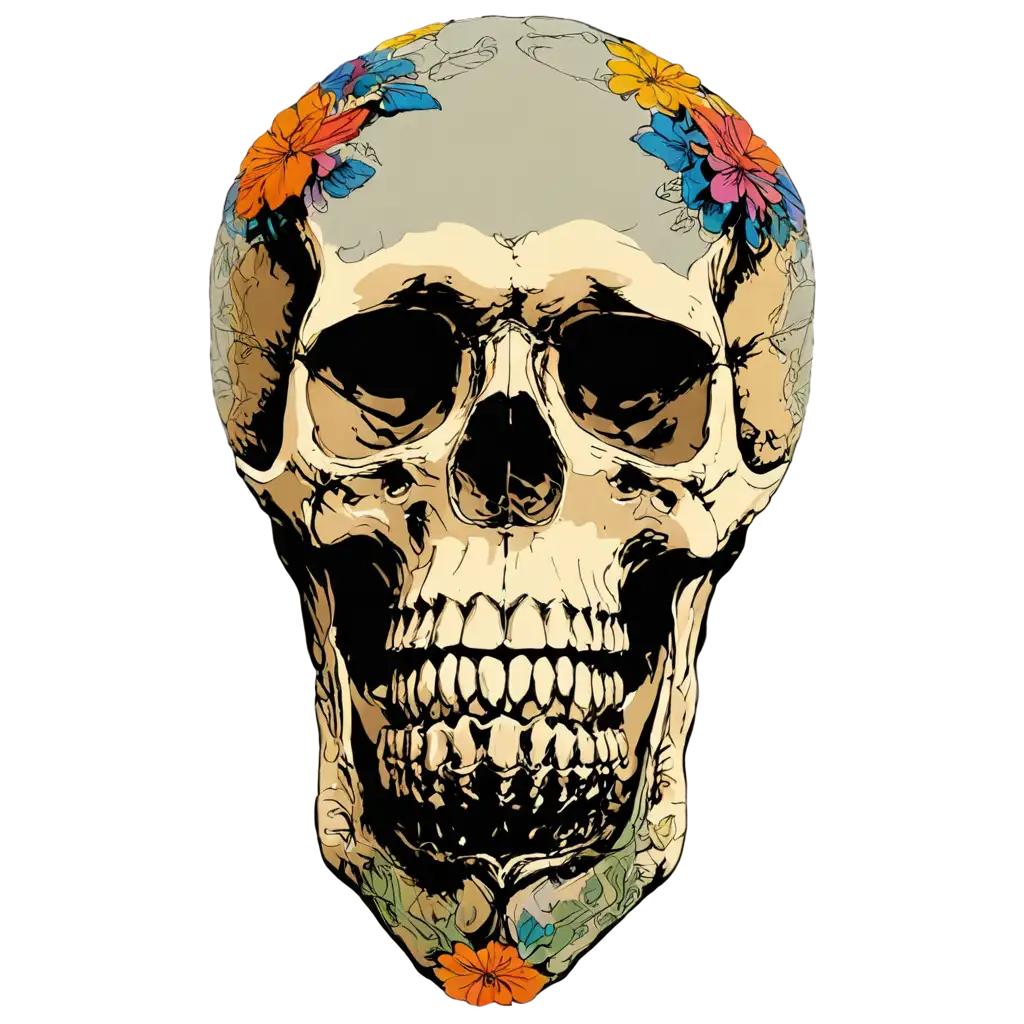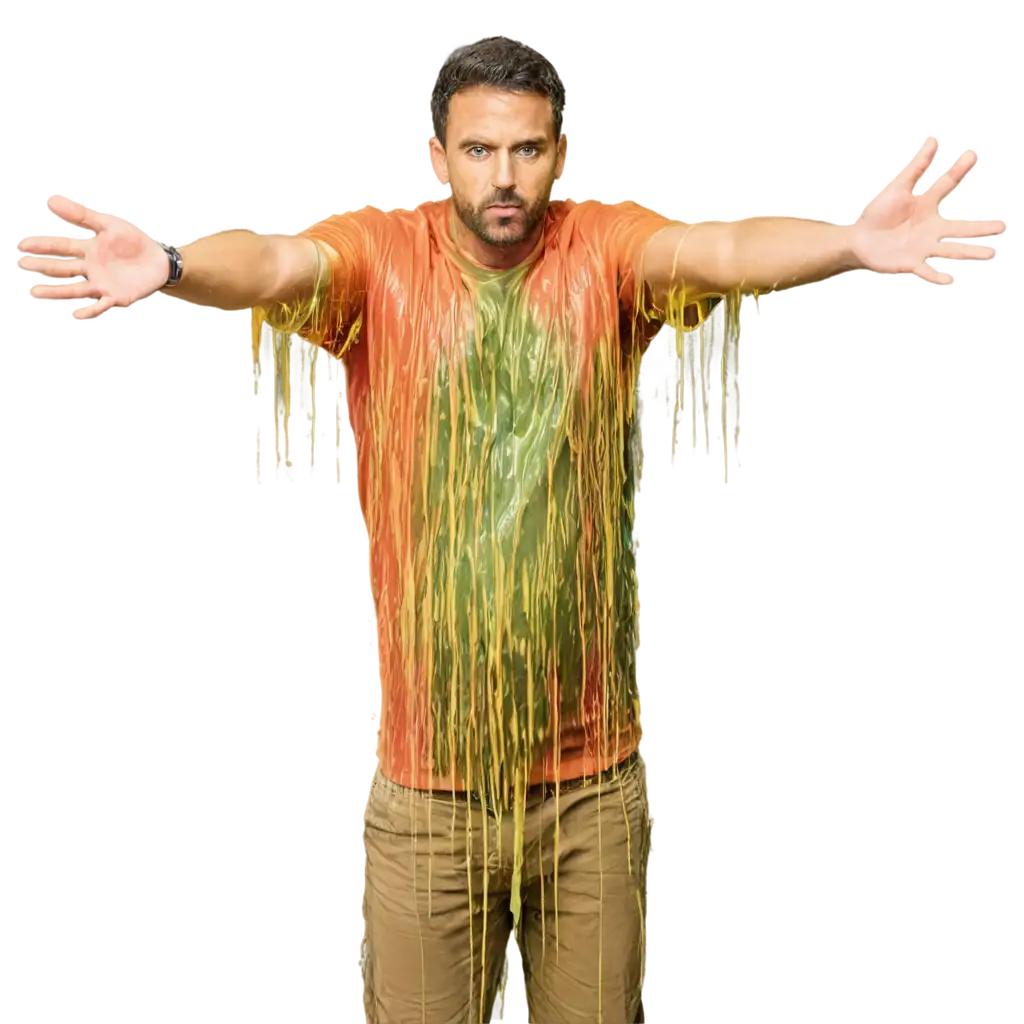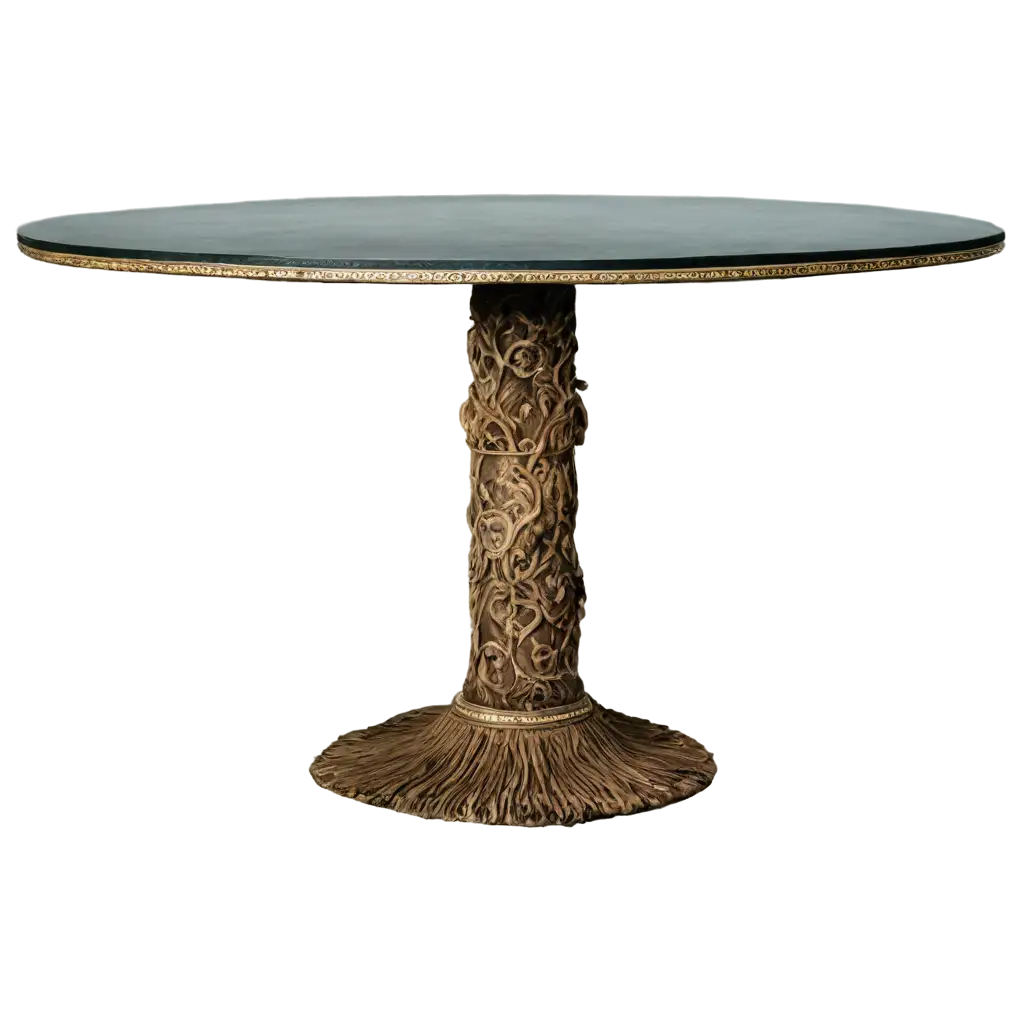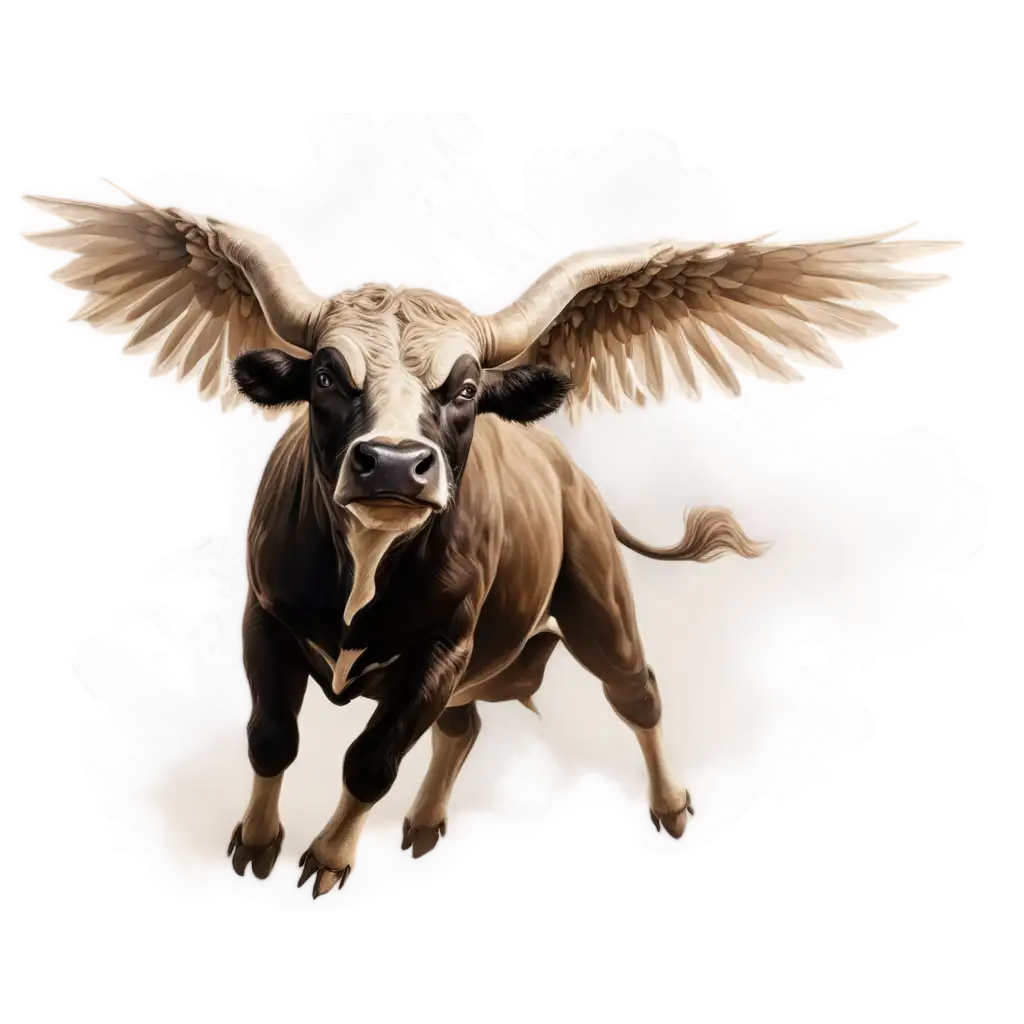6 Free Surreal concept transparent PNG images
Explore our captivating collection of 6 free AI-generated images under the 'Surreal Concept' tag. Dive into a world where reality bends and imagination reigns supreme, featuring an eclectic mix of stock photos, 3D objects, vectors, and illustrations. All images are available in high resolution for free download. Want to customize? Simply click 'open in editor' on any image's detail page to adjust the prompt and regenerate your perfect surreal masterpiece.






Related Tags
Surreal Concept art challenges our perception of reality by juxtaposing seemingly unrelated elements in unexpected ways. Rooted in the early 20th-century Surrealist movement led by André Breton, this art form explores the subconscious mind, dreams, and the irrational. In the context of AI-generated images, Surreal Concept art pushes the boundaries even further, combining machine learning algorithms with human creativity to produce mind-bending visuals that defy logic and convention. These images often feature distorted perspectives, impossible scenarios, and dreamlike landscapes that invite viewers to question their understanding of the world around them.
Unraveling the Essence of Surreal Concept Art
Surreal Concept images are characterized by their ability to blend the familiar with the extraordinary. Common elements include floating objects, melting or morphing forms, incongruous scale relationships, and impossible architectures. These visuals often employ vivid colors, sharp contrasts, and hyper-realistic details to enhance their otherworldly quality. Surreal Concept art finds applications across various fields, including advertising, where it's used to create eye-catching campaigns that stand out in a crowded marketplace. In the entertainment industry, it inspires set designs for movies and music videos. Graphic designers and illustrators incorporate surreal elements to create unique book covers, posters, and album artwork. Additionally, the therapeutic world has embraced surreal imagery in art therapy, using it as a tool to explore the subconscious and express complex emotions.
Key Characteristics and Applications of Surreal Concept Imagery
The digital revolution has dramatically transformed the landscape of Surreal Concept art. Advanced software and AI technologies have expanded the possibilities for creating and manipulating surreal imagery, allowing artists to realize visions that were once impossible to execute. The rise of AI-generated art has introduced a new dimension to surrealism, where machine learning algorithms can create unexpected and often startling juxtapositions that even human artists might not conceive. This technological advancement has democratized surreal art creation, enabling both professionals and amateurs to experiment with complex surreal concepts. Social media platforms have also played a crucial role in the evolution of surreal digital art, providing instant global exposure for artists and fostering a community of surrealism enthusiasts who share, critique, and inspire each other's work.
The Evolution of Surreal Concepts in the Digital Age
To create compelling Surreal Concept art, start by brainstorming unusual combinations of objects, settings, or ideas. Look for ways to subvert expectations and challenge logical relationships. Experiment with scale, perspective, and spatial relationships to create visual tension. When using AI tools, try inputting contrasting or seemingly unrelated prompts to generate unexpected results. Play with color palettes that evoke certain moods or emphasize the surreal nature of your concept. Don't be afraid to iterate and refine your ideas; surrealism often emerges through a process of exploration and experimentation. Remember, the goal is to create visuals that provoke thought, emotion, or a sense of wonder. Study the works of classic surrealists like Salvador Dalí or René Magritte, as well as contemporary digital artists, for inspiration. Finally, consider the narrative or emotion you want to convey through your surreal concept, as this can guide your creative decisions and result in more impactful imagery.
Creating Your Own Surreal Concept Art: Tips and Techniques